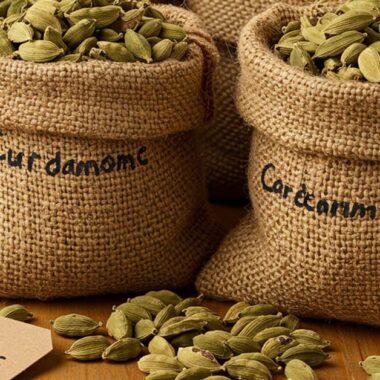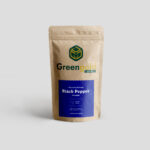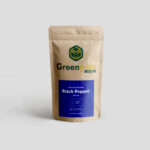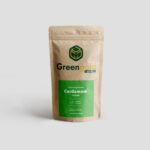Cardamom is a tropical spice plant that thrives in rich, well-draining soil with high organic matter. To grow healthy and productive cardamom plants at home, you must create the perfect soil environment that mimics its natural habitat. Let’s explore the ideal soil conditions for growing cardamom successfully! 👇
🏺 1. Ideal Soil Type for Cardamom
Cardamom plants prefer moist, loose, and nutrient-rich soil. The best soil type includes:
✅ Loamy soil – A mix of sand, silt, and clay, ensuring good aeration and moisture retention.
✅ High organic content – Adding compost, aged manure, or leaf mold improves soil fertility.
✅ Well-draining texture – Prevents waterlogging, which can cause root rot.
DIY Soil Mix for Cardamom:
🌱 50% Potting Soil
🐛 30% Organic Compost (for nutrients)
🏖️ 10% Sand or Perlite (for drainage)
🌾 10% Coco Peat or Peat Moss (for moisture retention)
💧 2. Moisture & Drainage Balance
💦 Cardamom needs consistent moisture, but the roots must not sit in water!
✔️ Keep soil moist but not soggy – water when the top inch of soil feels dry.
✔️ Use mulch (dried leaves, bark, or straw) to retain moisture. 🌿
✔️ Ensure drainage holes in pots to prevent excess water buildup. 🚰
⚖️ 3. Best pH Level for Cardamom
🌡️ Slightly acidic to neutral soil (pH 5.5 – 6.8) is ideal for cardamom growth.
✅ Too acidic? Add lime to increase pH.
✅ Too alkaline? Mix in peat moss or sulfur to lower pH.
How to Test Soil pH:
✔️ Use a pH meter or a soil test kit.
✔️ Adjust pH gradually over time for better plant adaptation.
🌿 4. Nutrient Requirements
Cardamom is a heavy feeder, so it needs fertile soil with essential nutrients.
🔹 Nitrogen (N) – Supports leafy growth 🌱 (Use compost, fish emulsion)
🔹 Phosphorus (P) – Encourages strong root development 🌿 (Use bone meal)
🔹 Potassium (K) – Essential for flowering & pod formation 🌾 (Use wood ash, banana peel fertilizer)
Fertilizing Schedule:
🌟 Feed every 2-4 weeks during the growing season (spring & summer) with:
✅ Organic compost
✅ Liquid seaweed extract
✅ Well-decomposed manure
🚫 5. Soil Mistakes to Avoid
❌ Compacted soil – Restricts root growth; always use light, aerated soil.
❌ Clay-heavy soil – Holds too much water; mix in sand or perlite to improve drainage.
❌ Excess fertilizer – Can burn roots; always use balanced, diluted feeding.
🌍 Grow Your Own Cardamom with the Best Soil Mix!
Want high-quality cardamom plants? Start with the right soil! 🌱✨
🌟 Shop now at Greengold Guide and grow your own aromatic spice at home! 🏡💚












